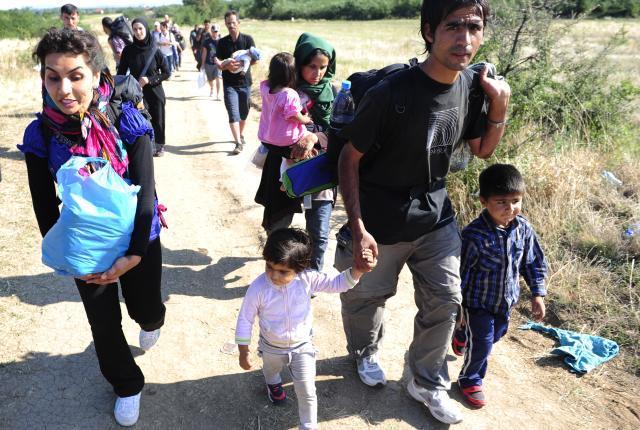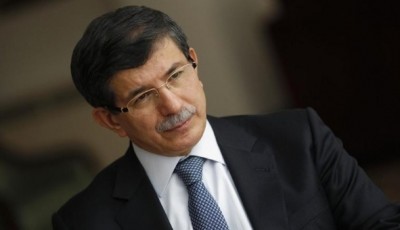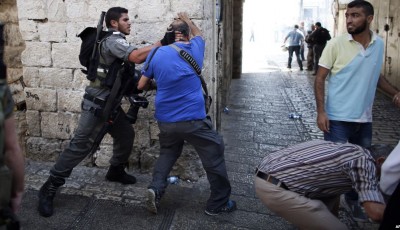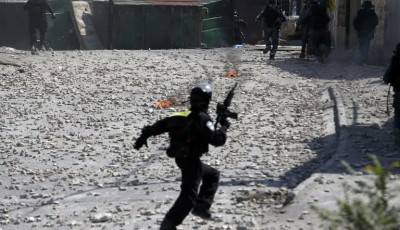More than 2000 migrants cross Serbia-Hungary border
They were part of a wave of around 7,000 refugees whose journey to the European Union had been blocked last week when Macedonia declared a state of emergency and closed its borders after being overwhelmed by the huge influx of people, amid Europe’s worst migration crisis since World War II.
All of them entered Serbia from Macedonia, where police on Saturday re-opened the border with Greece after spending three days trying to hold back the streams of migrants, when hundreds braved barbed wire fences and stun grenades to force their way through.
Over the past weekend, some 10,000 migrants have crossed into Serbia’s southern Presevo region, which has an Albanian Muslim-majority population.
The influx ticked up on Monday to its highest daily rate this year – 2,093 – as many race to beat a fence that Hungary is building on its 175-km (110-mile) border with Serbia to keep them out.
Helpless to stem the tide, FYROM rushed trains and buses to the border to carry them north, where they crossed into Serbia on foot.
It has registered over 100,000 migrants so far this year, compared with 43,000 in all 2014.
Thousands of refugees, mostly from Syria, Iraq and Afghanistan, are following that path after crossing the Mediterranean to land in Greece.
Merkel is also travelling Thursday to Vienna, where she will meet with leaders of Balkan states including Albania and Kosovo to find out why “so many thousands of people are coming from these countries”, according to Seibert.
Britain rescued over 450 people, and teams from several other European countries were involved efforts launched when more than 20 vessels with migrants on board issued distress calls.
Not since the wars of Yugoslavia’s collapse in the 1990s has the cash-strapped western Balkans seen such large movements of people, when many Bosnians, Croats, Albanians and Serbs displaced by fighting fled for the rich countries of Europe – the likes of Germany, Austria and Sweden. “Unfortunately, Hungary’s fence reminds us of our past in Eastern Europe”, Vucic said.
In what has become a regular occurrence, Greece’s coastguard said Monday it recovered the bodies of two migrants who drowned when their boat sank off its shores.
Once the four buses that make the round trip every few hours have unloaded the refugees, police officers – most of whom are wearing surgical masks – instruct the migrants to form a line in front of the registration centre.
“I think there’s a need for border control, at least on the outlines of the European Union“.
Kurz noted that under EU treaties, known as the Dublin accords, asylum- seekers are supposed to apply for asylum in the first EU country they reach.
Visiting the new site on Sunday, Serbian Defence Minister Bratislav Gasic said that about 5,000 refugees were now in the camp and the Presevo shelter.












